| Model: | MOS 60372-77-2 |
| Place of Origin: | Zhejiang,China (Mainland) |
| Name: | ETHYL LAUROYL ARGINATE HCL |
| CAS: | 60372-77-2 |
| Molecular Formula: | C20H41ClN4O3 |
| Molecular Weight: | 421.01754 |
| Brand: | MOSINTER |
| Content: | 98%min |
| Synonyms 1: | N-ALPHA-LAUROYL-L-ARGININEETHYLESTERMO
NOHYDROCHLORIDE |
| Synonyms 2: | CytoGuard LA |
| Chemical Properties: | off-white to white crystalline powder |
- Have any questions?
- +86-189 8930 5995
- sales@mosinterchem.com.cn
ETHYL LAUROYL ARGINATE HCL CAS 60372-77-2

Citalopram hydrobromide CAS 59729-32-7
05/12/2018
Florfenicol CAS 73231-34-2
05/12/2018ETHYL LAUROYL ARGINATE HCL CAS 60372-77-2
N-ALPHA-LAUROYL-L-ARGININEETHYLESTERMONOHYDROCHLORIDE
Characteristic amino acid derivatives; Pharmaceutical intermediates; Antiseptic,
watch agent; Intermediates; Food additives; Cosmetics preservatives; Organic material
Ethyl lauroyl arginate is composed of lauric acid, L-arginine HCl and ethanol. It is
synthesised by the Spanish company Laboratorios Miret, S.A. (LAMIRSA). The active
ingredient of ethyl lauroyl arginate is the hydrochloride salt of an N-fatty acyl-substituted
amino acid ethyl ester, ethyl-Nα -lauroyl-L-arginate HCl. Its chemical name is ethyl-Nα
-dodecanoyl-Larginate HCl (CAS number: 60372-77-2) and its molecular weight is 421.02.
Ethyl lauroyl arginate contains between 85-95% of this active ingredient.
Ethyl lauroyl arginate is a white powder and its solubility in water at 20ºC is greater than 247
g/kg. Commercial products are formulated its 20-25% solutions in appropriate food-grade
solvents. Ethyl-Nα -lauroyl-L-arginate HCl present in ethyl lauroyl arginate is stable for more
than 2 years at room temperature when protected in a closed container. The aqueous stability
of ethyl lauroyl arginate has been evaluated under acid conditions and at varying temperatures.
The acids employed to evaluate the stability were phosphoric, citric, tartaric, malic and fumaric
acids and the temperatures were 4, 25 and 50ºC. The results indicate that the stability of ethyl
lauroyl arginate decreases with increasing temperature and reducing pH. In general, the strong
inorganic acids affected stability more than the organic acids studied.
Ethyl lauroyl arginate has been evaluated for food safety as antimicrobial in food by the U.S. Food
and Drug Administration (FDA) in 2005, and as a food preservative by the European Food Safety
Authority (EFSA) in 2007. The synonyms are lauric arginate ethyl ester, lauramide arginine ethyl
ester, LAE and INS No. 243.
Ethyl lauroyl arginate is used as preservative. Ethyl-Nα -lauroyl-L-arginate HCl which is a cationic
surfactant has a wide spectrum of activity against Gram positive and negative bacteria, yeasts and
moulds. It acts on cell membranes and the cytoplasm, and inhibits the growth of populations but
in no case is cell lysis observed under the conditions studied. It can be used wide range of foods.
You must be logged in to post a review.

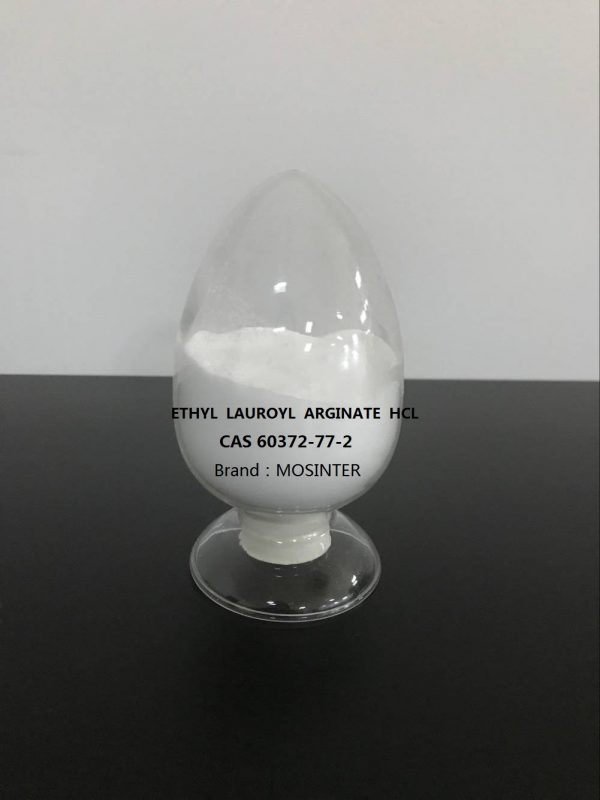
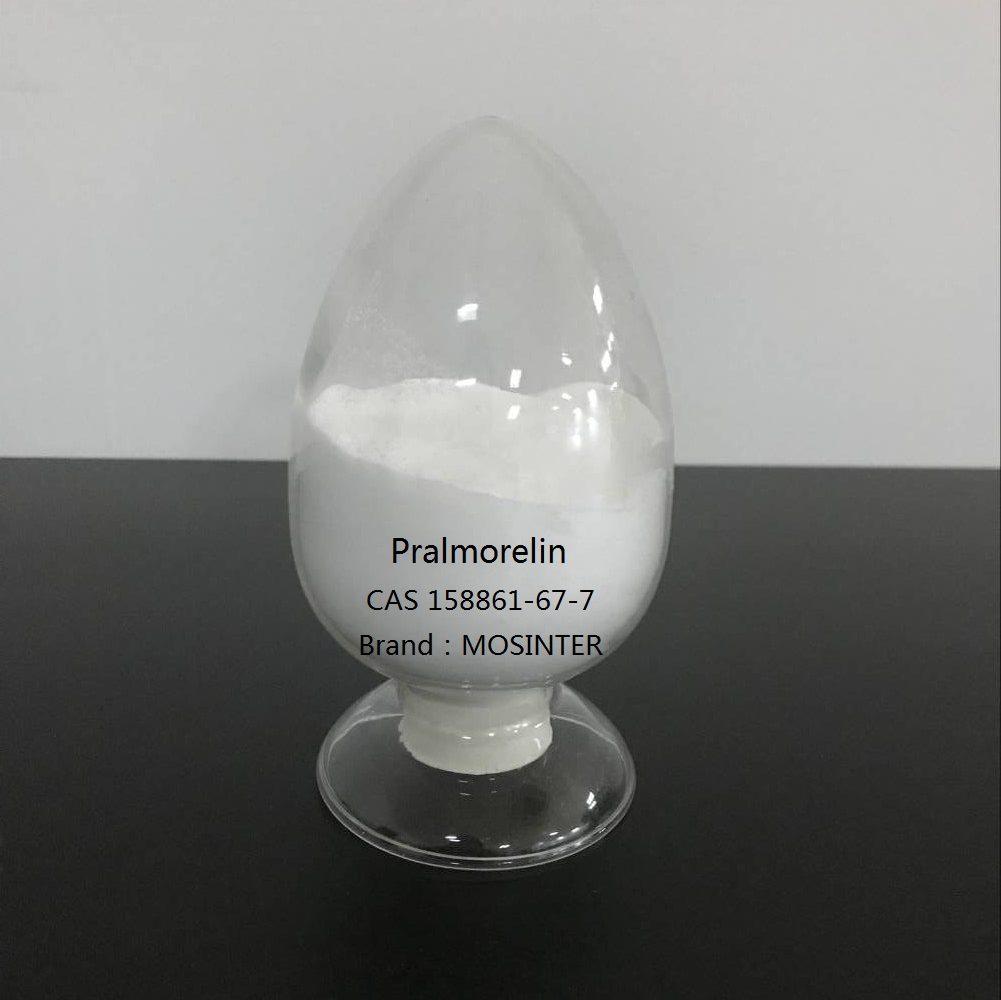
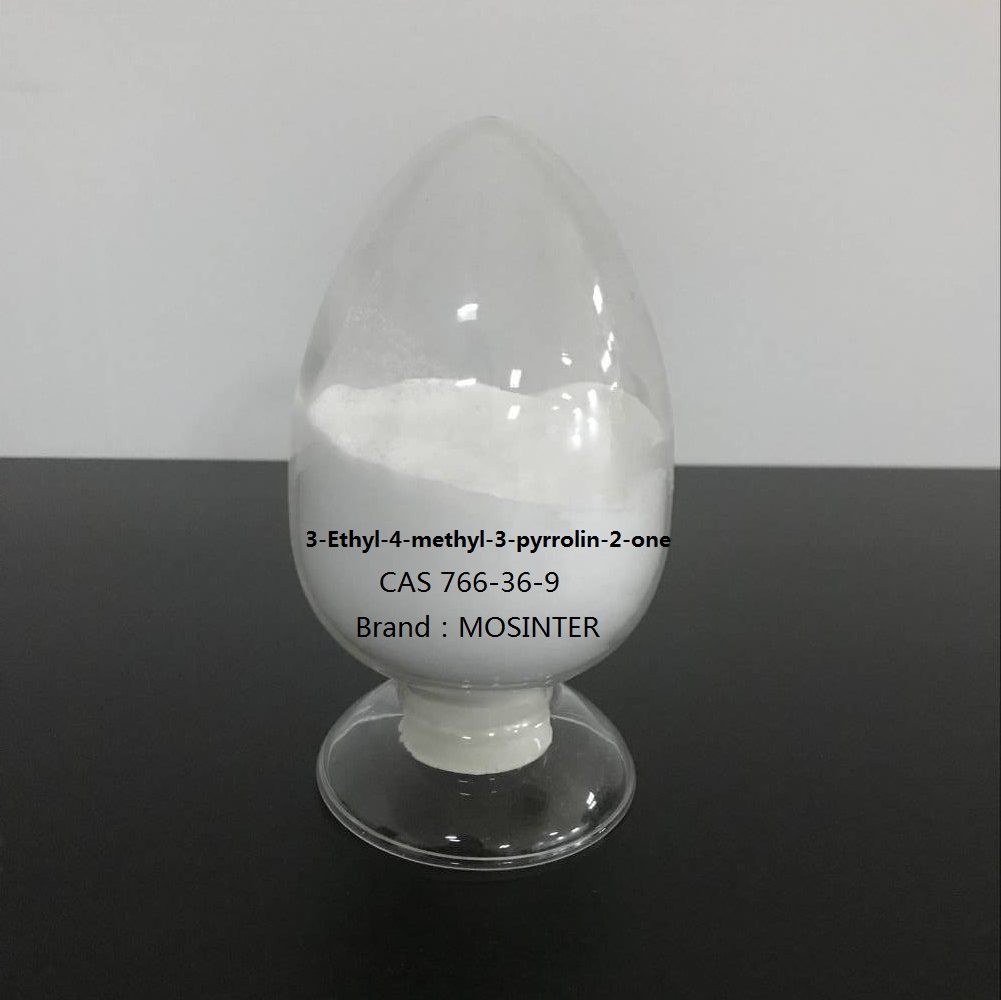
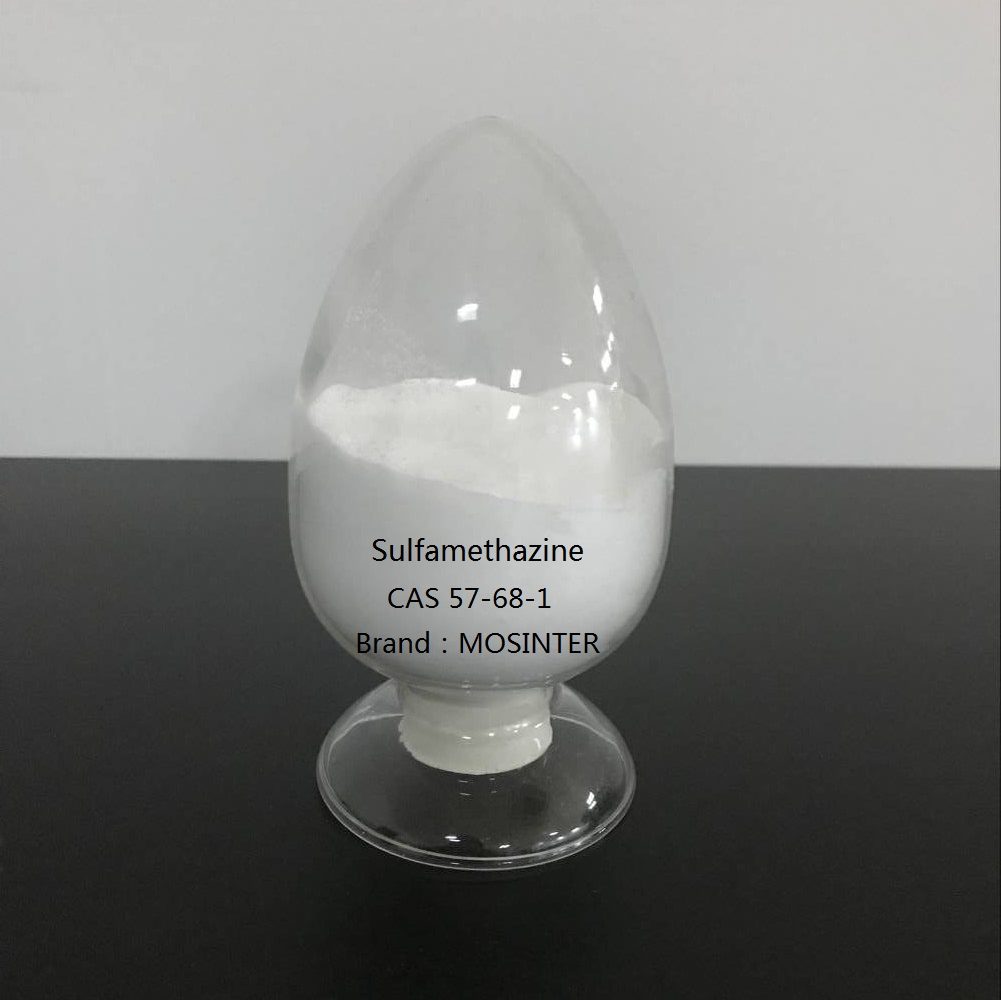
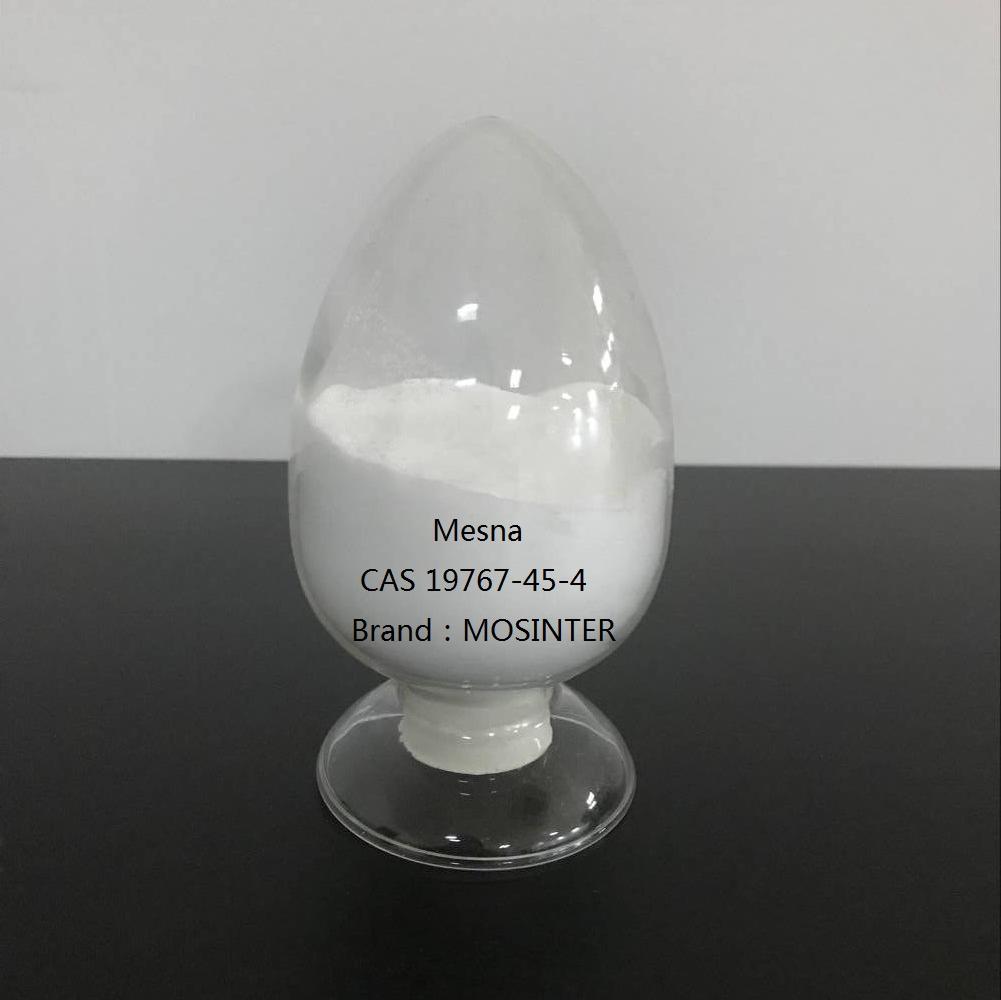
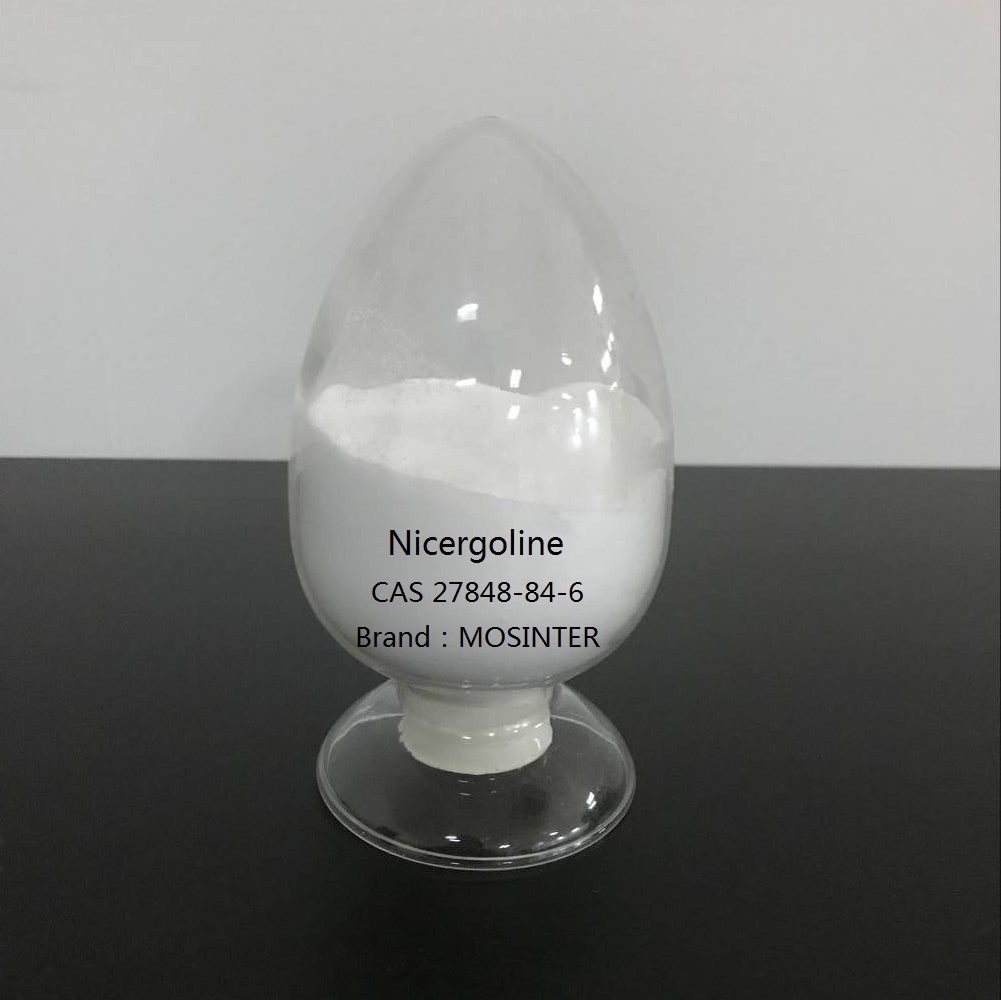
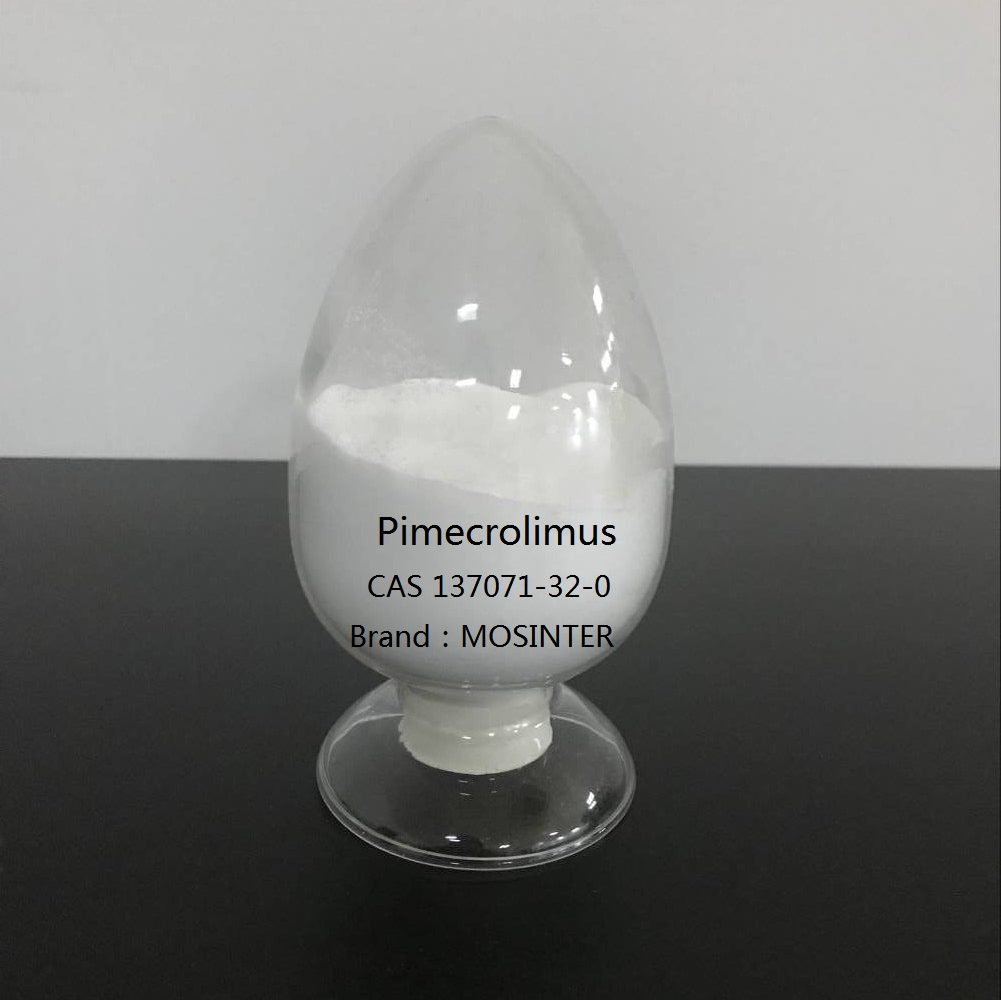
Reviews
There are no reviews yet.